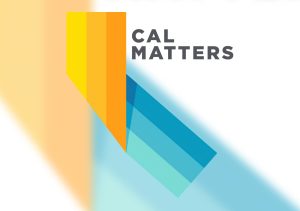STAR Tests On the Way Out…
With the passage of AB 484 in June, the state legislature will start phasing out California’s Standardized Testing and Reporting (STAR) system in the coming school year.
“This is an effort from the legislature to streamline testing and get us positioned for Common Core and to begin SBAC [Smarter Balanced Assessment Consortium] testing,” explains Santa Clara Unified Assessment Coordinator Bill Conrad. “We’ve been so focused on the discrete skills that are measured by California tests. It’s going to be a long road.”
One of the first and most visible changes will be that second grade testing will stop. However, the math and English tests that are used by the federal No Child Left behind (NCLB) will stay in place until the state comes up with credible alternatives.
Serious questions are being raised in Sacramento about the value of the current testing regimen.
“Just as the skills we want our students to master have changed, so too must our tests,” said the State Superintendent of Public Instruction Tom Torlakson in a January 2013 report, “Recommendations for Transitioning California to a Future Assessment System The ability to engage in critical thinking and solve complex problems cannot be reliably assessed with the kinds of multiple-choice tests that are the centerpiece of our current system.”
Further, notes Torlakson, “Testing and learning are not one and the same…time spent testing generally comes at the expense of time our students would otherwise have spent gaining the very knowledge and skills that are the goal of education.” The report further notes that many of the countries that lead in student achievement, don’t place a lot of emphasis on standardized tests; in some cases they simply sample the student body to evaluate the school as a whole.
…But What Comes Next is Still Up in the Air
The new tests will be aligned with the Common Core curriculum and designed to measure student college- and career-readiness. The federal department of education is pilot-testing the new assessments, and that, on top of a changing curriculum, compounds the challenges facing education professionals.
From a simple question of whether the CAHSEE is still going to be the gatekeeper for graduation, to how schools manage field-testing of curriculum and tests at the same time continuing to teach existing programs and measuring student progress – all of these are going to challenge educators in the next few years, says Conrad, noting that forcing students to take multiple sets of tests would be, well, inhuman.
Conrad offers one example of the kinds of challenges schools face. SCUSD is going to have to decide in the next few years whether to change its math curriculum to an integrated math curriculum or continue with the traditional division of disciplines – algebra, geometry, statistics etc. Integrated instruction, by comparison, teaches these disciplines hand-in-hand. For example, students learn algebra by seeing how it’s used in geometry and other mathematics.
“If it’s done well, project based teaching is the best way to get learning to stick,” says Conrad.
Making a major change of course is going to be “a long road,” Conrad continues. “If the state wants to do this, for each ounce of accountability they need to provide a pound of support. But there’s been no funding put together for professional development.”
You can find Supertinendent Torlakson’s report at www.cde.ca.gov/ta/tg/sa/documents/suptrecrpt2013.pdf.











0 comments